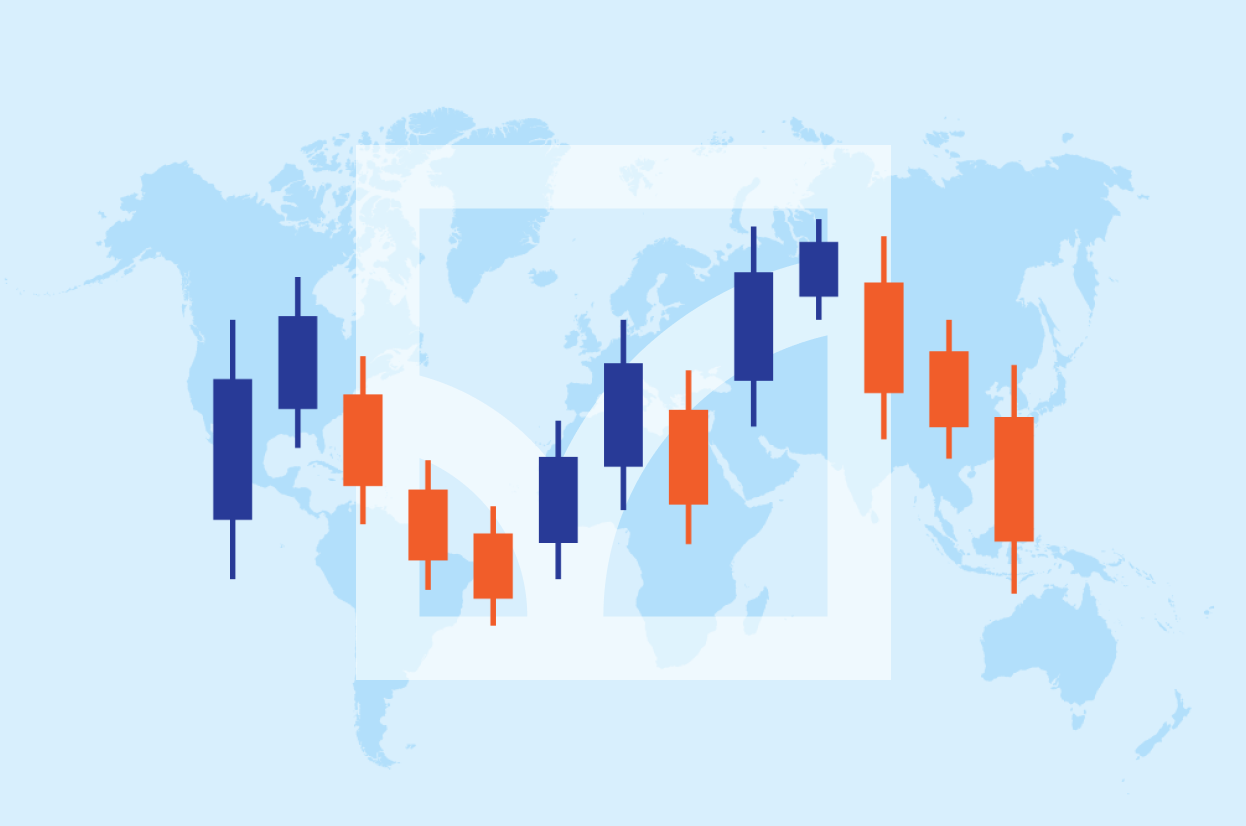“There are decades where nothing happens; and there are weeks when decades happen”
–Vladimir Ilyich Lenin.
Over the last couple of weeks, we’ve witnessed some surprising shifts in the geopolitical and global economic landscape. While the world’s attention might have been expected to focus on the Paris Olympics, several events have taken place that have shaken economies, governments, and, for many, their investment portfolios.
In this newsletter, I’ll break down these events and what they mean for you and me.
The Case of Yen & Yang
Since the late 1990s, Japan has kept its interest rates near zero, allowing traders to take out low or no-interest loans in Yen and invest in assets in other currencies.
For example, an investor could borrow in Yen, convert it to US Dollars, and invest in US bonds with returns of 3-4%. Others might invest in riskier assets like US or Indian equities. This strategy was known as the ‘Yen Carry Trade.’
While most countries raised interest rates to combat high inflation, Japan was an exception. But in a surprise move on July 31st, the Bank of Japan raised its interest rate to 0.25%, sparking expectations of further hikes.
As a result, Yen carry trades became less attractive, leading traders and investors to unwind their positions (i.e., sell their investments).
To make matters worse, the Yen appreciated against the USD, moving from around 160 to 145 in the past month. This currency movement alone would have caused a 10% loss in portfolios for those involved in the carry trade.
Impact
The week got off to a rough start as global equities plunged on Monday, with the Nikkei dropping over 10%. Both US and Indian markets were also hit hard. Amid the panic in global financial markets, the Bank of Japan stepped in to reassure everyone that it wouldn’t be making any hasty decisions.
Check out this Twitter thread by Vivek Kaul on the Yen carry trade.
While the unwinding of the Yen carry trade contributed significantly to Monday’s crash, another major factor was the growing concern over a potential US slowdown, which I’ll dive into next.
US – A giant slowing down?
The US unemployment rate jumped to a near three-year high of 4.3% in July. The number of jobs employers created were well below expectations. This triggered the “Sahm rule,” leading some to believe the US is already in recession.
While the official data has remained stable so far, sentiment has been weak, with layoffs at top companies continuing at a brisk pace.
These developments have led to calls from the market for the Fed to cut interest rates more quickly than previously indicated.
Although US interest rates are at multi-year highs, the Fed has plenty of room to cut rates and boost sentiment. However, with the upcoming US elections, making such a move will be a very tricky decision for the Fed.
Impact
If the Fed allows the economy to slip into a recession, it could spell trouble for the global economy, including India—especially for sectors that rely heavily on the US.
Bangladesh – A Country in Chaos
The student protest in Bangladesh against joblessness and a controversial quota system escalated into violent clashes with the police resulting in hundreds of deaths. With the situation worsening, PM Sheikh Hasina, who oversaw a period of strong but unequal economic growth, resigned and fled the country. The military, with Muhammad Yunus as chief adviser, has taken interim control and called for new elections.
Impact
While it’s too early to gauge the full impact on the Indian economy, the situation in Bangladesh would be a key monitorable from a geopolitical standpoint. This instability may also prompt some textile businesses to relocate to India.
Tensions in the Middle East
The volatile situation in the Middle East took another turn for the worse in the past few days. The assassination in Teheran of Hamas’s political leader, Ismail Haniyeh, has escalated things with a regional war now a real possibility.
Impact
With the Middle East tensions ongoing for almost a year now, a big impact on the Indian economy seems unlikely as long as Iran doesn’t directly attack Israel.
Hindenburg strikes back
While the stock markets recovered by the end of the week, Hindenburg Research yesterday released a report. It pointed fingers at SEBI chief Madhabi Buch suggesting reasons why SEBI hadn’t investigated matters against the Adani group more seriously.
Impact
The SEBI chief has issued a statement denying these allegations. While we’ll have to watch how this unfolds, it could shake the Indian markets tomorrow.
So, how do I protect my portfolios from events like these?
As I mentioned in a previous newsletter here, there is no fancy way to protect your portfolio from such uncertainties. The best strategy remains to:
- Diversify your investments
- Maintain an emergency fund (around 6 months’ worth of expenses)
- Have Life and Medical insurance coverage
Most importantly, continue with your SIPs. If possible, invest a lump sum during substantial market corrections.
Till the next time,
Vijay
CEO – InCred Money
P.S. I share my thoughts on Investing and the Economy regularly. You can follow me here.







